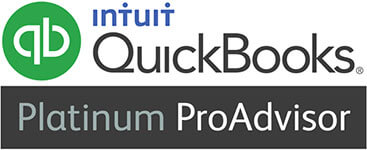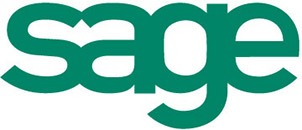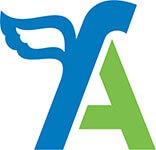Recent research by Shawbrook Bank reveals that half of small business owners have had to dip into their savings to fund their businesses. The survey indicated that small businesses applying for finance from lenders over the past year found it insufficient for their needs. Consequently, they resorted to using savings and credit cards to secure the necessary funds for growth.
For small businesses, financial constraints often hinder growth, whether it’s for investing in new equipment, expanding operations, or hiring additional staff. Access to the right funding is crucial. Here are some viable options available to small businesses:
- Traditional Bank Loans: Bank loans offer businesses a lump sum that is repaid over a predetermined period with interest. While they provide stability and structured repayment plans, securing a bank loan can be challenging due to stringent eligibility criteria and lengthy approval processes.
- Government Schemes: The government has introduced schemes to facilitate access to finance. For instance, the Growth Guarantee Scheme, the successor to the Recovery Loan Scheme, will launch with accredited lenders on July 1, 2024. The scheme provides lenders with a 70% government-backed guarantee, reducing the risk associated with lending to small businesses and making finance easier to obtain. (See: British Business Bank)
- Alternative Lenders: Fintech has given rise to alternative lending platforms, known as marketplace lending, peer-to-peer lending, or P2P lending. These online platforms connect borrowers and loan investors directly, offering a viable alternative to traditional banks.
- Angel Investors and Venture Capitalists: For businesses with high growth potential, seeking investment from angel investors or venture capitalists can provide the necessary capital. In exchange for equity, investors offer funding along with strategic guidance and industry connections.
- Crowdfunding: Crowdfunding platforms allow businesses to raise capital by pooling small contributions from a large number of individuals or investors. This approach enables businesses to showcase their ideas and garner support from a broad audience.
- Grants and Subsidies: Various government grants and subsidies are available to small businesses across different sectors. These can range from research and development grants to subsidies for hiring apprentices or investing in energy-efficient technologies. While competitive, securing a grant provides non-repayable funds to fuel growth.
- Asset-Based Financing: This method allows businesses to leverage assets such as inventory, equipment, or property to secure funding. Options like asset-based lending and sale-and-leaseback arrangements unlock the value of assets without relinquishing ownership.
- Revolving Credit Facilities: A revolving credit facility offers access to a pre-approved line of credit that can be drawn upon as needed. Unlike traditional loans, revolving credit provides flexibility and helps manage cash flow fluctuations effectively.
- Personal Savings and Friends/Family Loans: As highlighted initially, personal savings and loans from friends or family are often practical options during the early stages of business growth. While less formal than traditional financing, this approach can provide quick capital without extensive paperwork or collateral.
Conclusion
Securing finance as a small business isn’t always straightforward, but there are various options available. By carefully assessing your funding needs and being open-minded about these options, you can find the right financing solution to fuel your growth ambitions.
As experienced business advisers, we’ve helped many businesses secure the finance they need for growth. Feel free to call us anytime, and we’ll be happy to assist you. If you are a new business, why not ask us for a copy of our New Business Kit?









